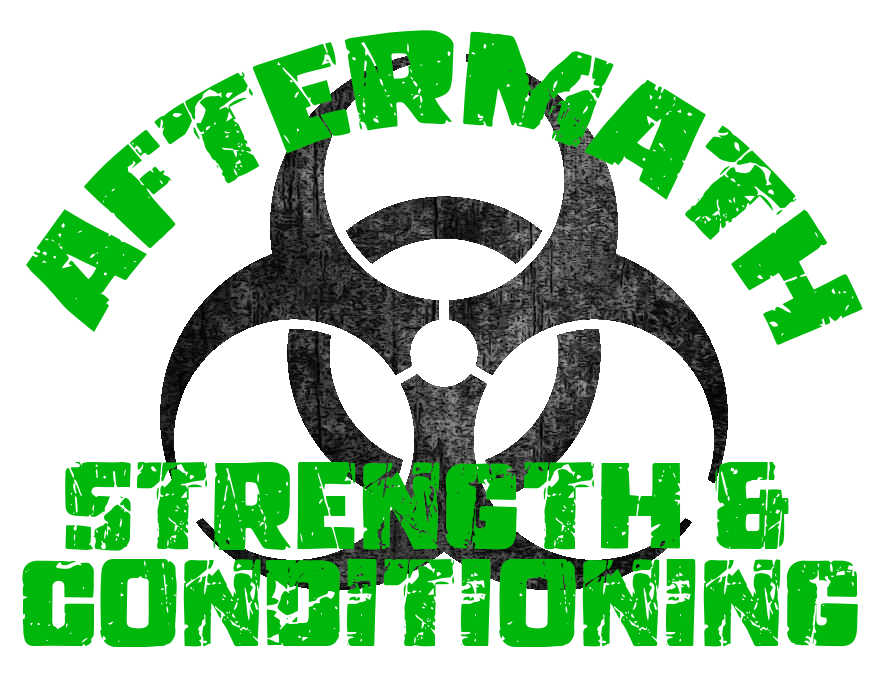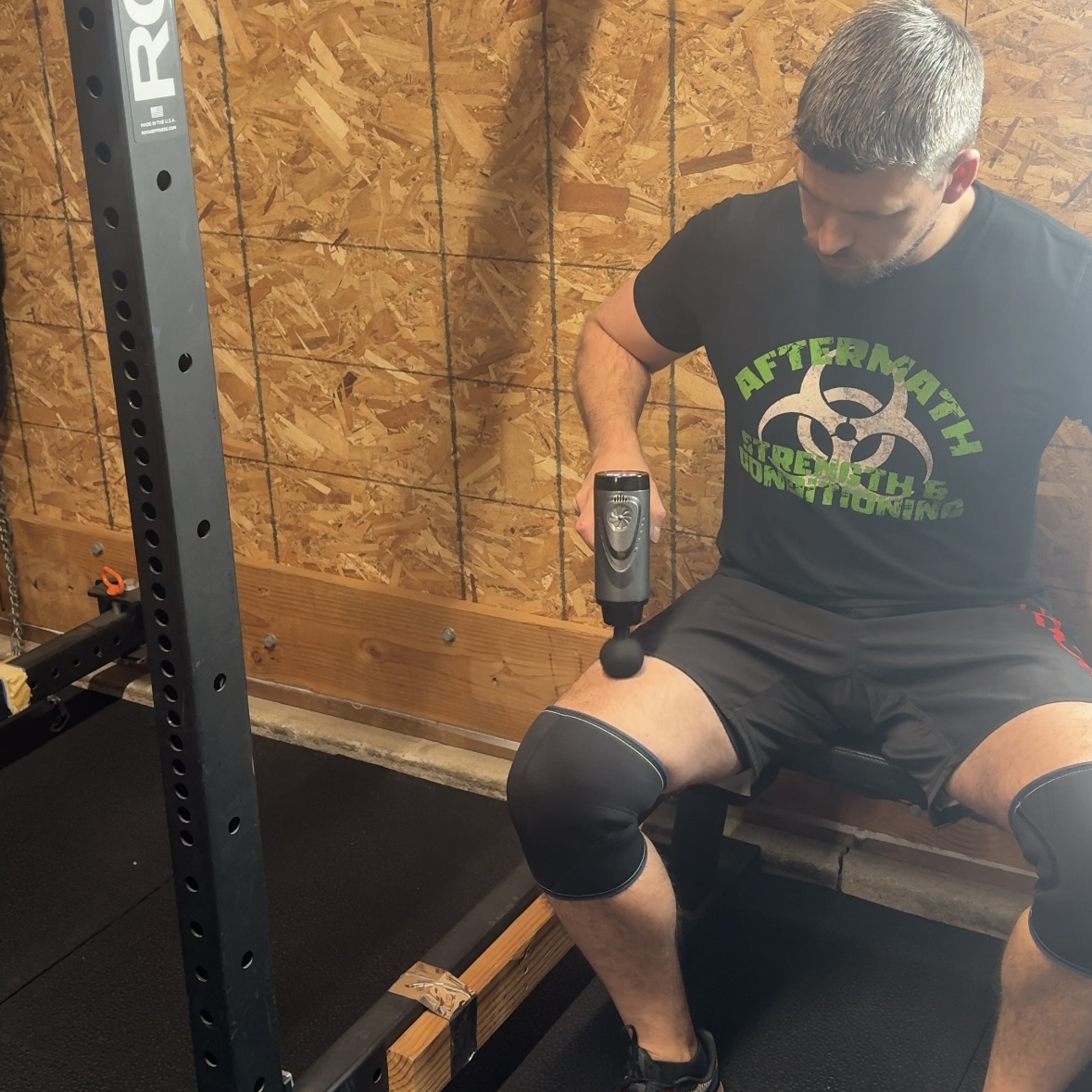If you’re showing up to the gym, giving your workouts everything you’ve got, and still feeling sluggish, sore, or stuck… you might not need more training—you might need better recovery.
At Aftermath Strength & Conditioning, we talk a lot about hard work. But we also talk about something just as important: the work you do outside the gym.
Let’s clear this up once and for all:
Recovery isn’t passive. It’s not just taking a day off. And it’s absolutely not a luxury—it’s part of the process.
So, what is recovery?
Recovery is everything your body needs to repair, rebuild, and adapt after training. Without it, your workouts don’t actually make you fitter—they just make you tired.
Training is a stressor. It breaks the body down—on purpose. But if you don’t give your system time (and support) to bounce back, that stress just piles up. Over time, that leads to fatigue, injury, poor performance, and burnout.
5 Signs You’re Under-Recovering
- You’re always sore, stiff, or run-down
- You’re not progressing, even though you’re training hard
- Your sleep is disrupted
- Your motivation is low
- You keep hitting plateaus—or nagging injuries keep popping up
If any of those sound familiar, it’s time to zoom out and look at how you’re recovering.
What Does Good Recovery Look Like?
Let’s break it down:
1. Sleep (Yes, it’s #1)
You can’t out-train poor sleep. This is when your body actually rebuilds. Aim for 7–9 hours of quality sleep every night—and treat it like it’s part of your training plan. Because it is.
2. Nutrition That Supports Training
Recovery requires fuel. Prioritize protein for muscle repair, carbohydrates to replenish energy, and overall balance to support hormone and immune function. Under-eating or skipping meals? You’re slowing your recovery down.
3. Hydration
Dehydration leads to muscle cramps, fatigue, poor blood flow, and slower recovery. Drink more water than you think you need—especially around workouts.
4. Active Recovery
This includes low-intensity movement on rest days: walking, biking, stretching, light mobility work, or an easy row. It promotes blood flow and helps your body flush out waste products from training.
5. Stress Management
Work, relationships, deadlines—all of these are stressors. When your nervous system is constantly “on,” your body struggles to shift into recovery mode. Breathwork, mindfulness, even just unplugging for a while can go a long way.
6. Rest Days You Actually Take
Rest isn’t weakness. It’s strategy. Your body doesn’t adapt during the workout—it adapts during recovery. Take at least 1–2 full rest days per week, especially during high-intensity training blocks.
Why We Care About Recovery at Aftermath
Because we’re not here to beat you into the ground—we’re here to help you build something strong and sustainable. That means training smart, not just hard. It means coaching you to listen to your body, not just push through.
If you’re consistent with your training but not giving equal attention to your recovery, you’re leaving progress on the table.
Bottom Line?
Recovery isn’t what you do after the “real” work.
It is the real work.
And if you want to train for life—not just for this week—you’ve got to start treating it that way.



Comments are closed